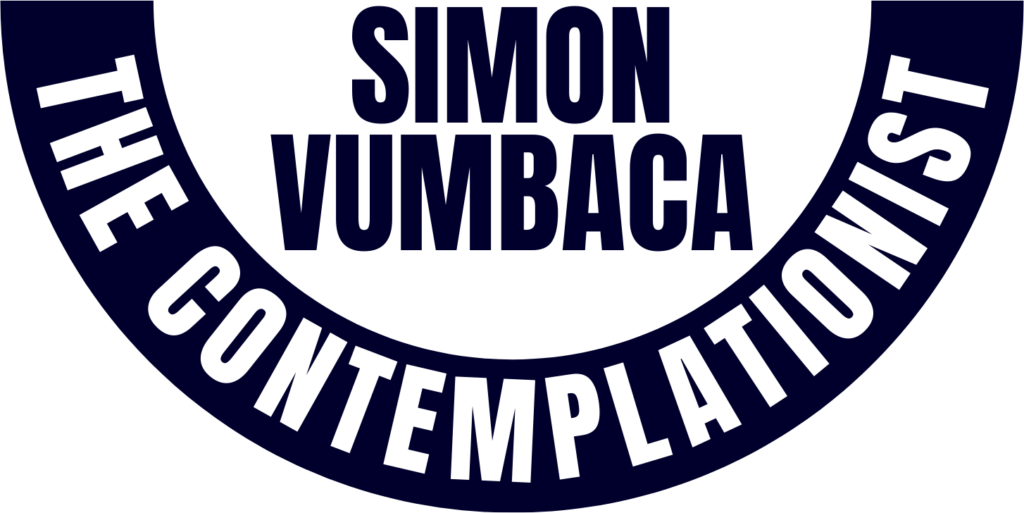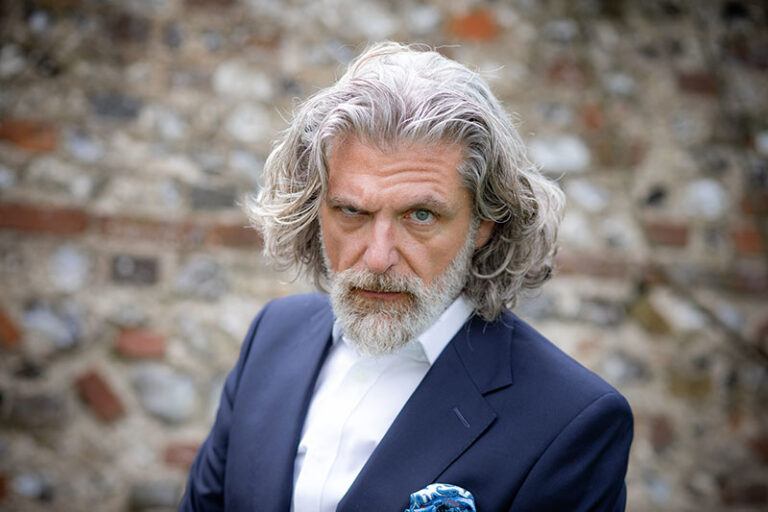Are Your Choices Really Yours? The Subconscious Influences on Our Decisions
Pricing a service or a good is an arduous job. You do not want to charge too much, but you also do not want to undervalue your offering. I read in a book on value services that the best way to achieve the best price for your services is to offer a fee based on perceived value delivered. Perceived value should be the basis of the fee to be charged. The anticipated objection to that approach is to ensure the perceived value is as high as possible. The author proposed a three-tier approach: submit three prices linked to performance as options, and the likelihood that option 2 (the middle-priced one) would be chosen was high. No one wants to be perceived as cheap and undervaluing the services received, and certainly, no one likes to pay the highest price. Bottom line: it was all about choice. Perceived choice.
The same applies in sports: you either support the blue or the red team. The team you support must invest time and effort (and money) to either reach glory or maintain the status quo. That is a choice between two very different numbers; in politics, the same; in any matter presented in news debates, the same. You either choose this or that. Coca Cola or Pepsi, Apple or Microsoft, iPhone or Android, etc. All binary choices. There is no absolute right or wrong most of the time, and both options may have supporting logic. But are these our logics or what we are presented with at different levels of subconsciousness?
Is this how life works these days? Was it always that way? Good and villains in movies, heroes and anti-heroes? Advertisements feed us images of belonging to either this group or that one, and if we embrace that group, then we must have this and that. I recall once visiting a school for my daughter in England. A Steiner School where part of the message given was that there were no uniforms. Yet, looking at the grounds, all students were dressed virtually identically—just not in conventional school uniforms. Was that a conscious decision or a simple choice: I want to belong and be accepted by this group, so I have the choice of dressing alike or not. This got me thinking.
These days we are likely to be offered choices than invited to make decisions on what we want. The immediacy of the option has its appeal. Do we choose what we think is more adapted to us out of a choice, or do we factor in all possibilities and decide what works for us? Certainly, a choice from binary options makes everything easier and immediate to justify. Decision requires analysis. This makes reaching a conclusion longer and more uncertain, less predictable. Surely this must be seen as inconvenient by some. Often there is also the risk that with analysis, alternative paths may be identified.
Not being of the medical profession, I decided to look a bit deeper and came across a brilliant article called “The Neuroscience of Tribalism,” published on July 14, 2023, in Psychology Today.
It turns out perceiving others as part of one’s group activates the brain’s reward system. Perceiving others as part of our group activates the brain’s empathy circuit, promoting compassion and cooperation. Mirror neurons play a crucial role in social cognition, developing empathy, and social bonding. In his book “Mirrors in the Brain: How Our Minds Share Actions, Emotions, and Experience” Giacomo Rizzolatti discovered specialized cells in the brain that activate not only when we perform an action but also when we observe someone else doing the same. These cells are vital for social cognition, including imitation, social learning, and predicting behaviour, social bonds, synchronizing our actions, and generating shared emotions, enhancing social interaction. In essence, it is easier to choose based on others than develop our own decision process based on stand-alone values and perceptions that happen not to be validated by the socio-economic group we identify with.
That also relates to the concept of in-group/out-group bias (the tendency of individuals to favour members of their group and discriminate against members of other groups). This bias can lead to intergroup conflict, hostility, and violence and certainly apparent inexplicable exclusion. Science tells us this is due to activation in the amygdala, a brain region involved in emotional processing and fear.
And then there is oxytocin, which has been linked to increased feelings of trust, cooperation, and empathy, making it a key component of social bonding. Cultural neuroscience demonstrates the bidirectional relationship between the brain and culture, with distinct neural activation patterns during social interactions among individuals from different cultures (neuroplasticity).
Someone must have noticed it. The neurology and sociology researches I referred to dates back from 2005 to 2011, and clearly, this is something that was known and under study for considerably longer. The use of imagery to gather communities, rallying behind logos or slogans, and so on has been around for much longer!
It is a well-known sales technique to give three options and push for a choice, not a decision. If a car salesman asks you to decide what the best car for you would be, it would take you longer, and probably your answer could be a different car altogether from the ones available in the dealership. Now if the question is: out of these three cars, this one is faster, this one is convertible, and this one has a bigger capacity, which one do you see yourself happier with? You automatically focus on these three cars only. And if one is preferred by your group, say an SUV, then your choice will literally be made for you.
Maybe next time we take a position, we should take a minute and ask ourselves if it is by choice or if it is our decision. I will conclude by saying that, in my observation, we normally see advertised what is not needed. Yet we choose to make it a necessity.
Maybe the above explains why.
Simon Vumbaca is The Contemplationist.






